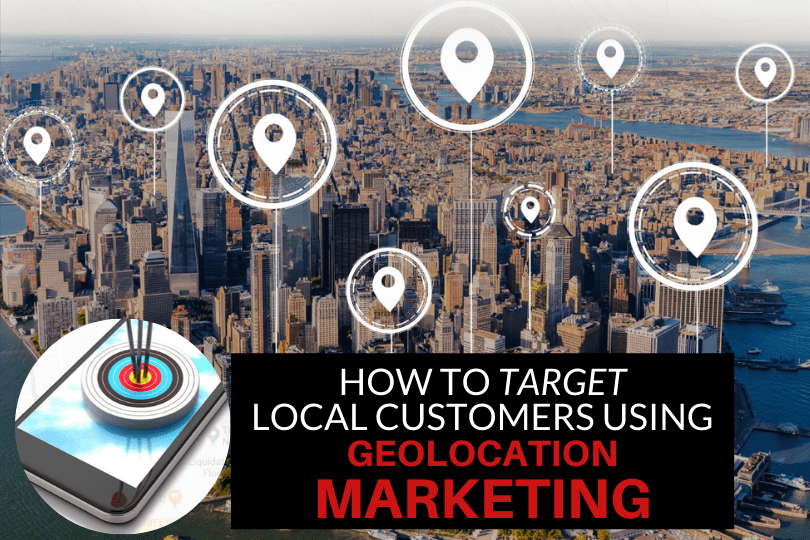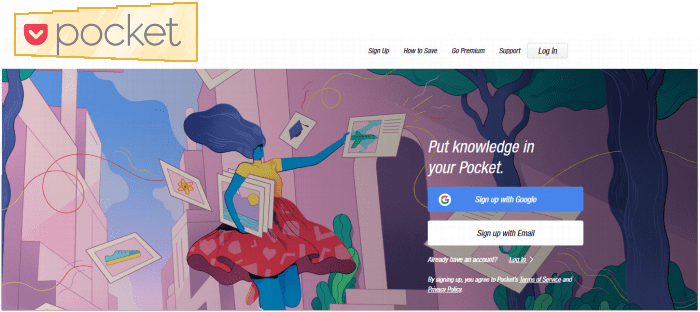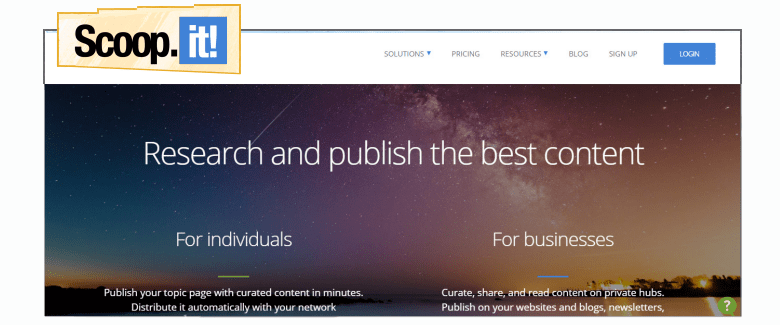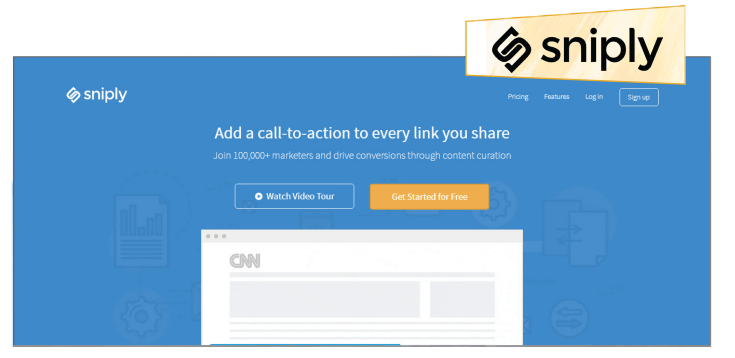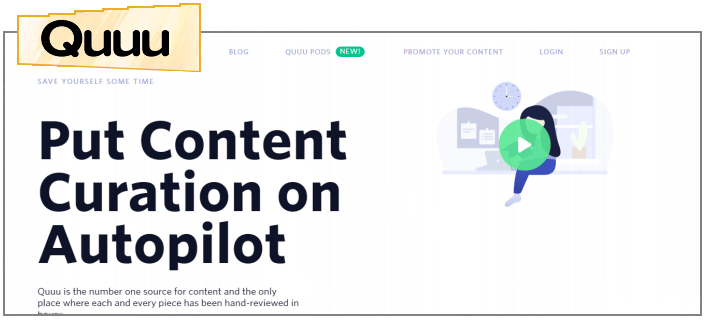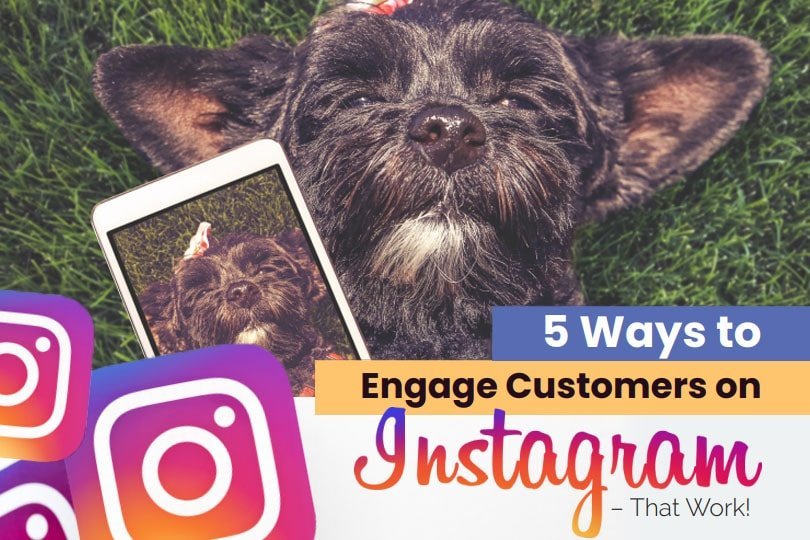
5 Ways to Engage Customers on Instagram – That Work!
Is your Instagram feed bringing in leads or has it turned into another marketing effort that just doesn’t deliver a good return on the time and money you put into it?
If it’s the latter, it’s time to get serious about customer engagement on Instagram. Instagram, like all social media sites, is constantly changing its algorithms. The latest change is that Likes – which used to be the gold standard of customer engagement – will no longer be displayed on your feed.
DON’T PANIC. You’ll still be able to see your Likes in your analytics, but the new reality signals a sea change in the world of Instagram engagement. Here are 5 things you can do to engage your customers that go far beyond a simple Like.
#1: Organize Your Stories into Highlights
Instagram Stories can be a terrific marketing tool, but they only stick around for 24 hours – or do they?
- Log in to your Instagram account
- Navigate to your profile page and tap Story Highlights (underneath your name and bio)
- Tap the plus sign to add a Story to your Highlights
- Tap to choose the Instagram Story you want to feature
- Tap Edit Cover
- Choose a cover photo for your Highlight
- Tap Done
Once you have added an Instagram Story to your highlights, it will remain there until you remove it. This simple move gives new life to your Stories and increases engagement by giving new followers something substantial to view when they visit your profile.

#2: Use Geotags for Local Engagement
For local business owners, the Holy Grail of Instagram marketing is attracting local followers. After all, these are the people who are most likely to patronize your business and turn into loyal customers. One local follower is worth hundreds of followers who only look at your photos and never buy from you.
One of the easiest ways to amp up your local engagement is to use geotags when you post on Instagram. You can create a Geotag specifically for your business, but you can also use state, city, and even neighborhood geotags to pinpoint your location.
As a bonus, geotags can have their own Stories on Instagram. If you use a geotag for your city, your posts will become part of that day’s Story, making it that much easier for local customers to find you and your business.
#3: Post Videos to Get More Comments
In their 2018 Instagram Engagement Report, Mention revealed that videos on Instagram receive 46% of all Likes. Since there are far more photos posted on Instagram than videos, these numbers show that videos are engagement superstars on Instagram.
With the importance of Likes on the decline thanks to the new algorithm changes, it’s also interesting to note that videos get more comments than photographs as a rule. If you haven’t already started posting videos on Instagram, 2020 is the year to start.
- Up to 60 seconds for videos posted on your feed
- Up to 15 seconds for videos posted as part of an Instagram Story
- Up to 60 minutes for Instagram Live video
- Up to 60 minutes for IGTV video
Posting more videos can help you grab your audience’s attention and hold it.

#4: Create More Savable Posts
One of the things about Instagram is that it’s easy to miss posts or to gloss over them. But what if there was a way to keep your audience engaged by getting them to revisit a post frequently?
- Create carousel-style posts with multiple images organized around a theme. For example, a boutique that sells clothing could do a “Back to School” carousel or a “Holiday Party” carousel.
- Create mini-blog posts that provide information that your followers can use, such as a checklist or packing list.
The key is to think about what your target audience will find valuable and provide it to them, Instagram-style.

#5: Add Instagram Stickers to Your Stories
Instagram Stories are great for engagement, especially if you let your followers now how you want them to engage with you. One of my favorite ways to boost Story engagement is by using Instagram Stickers.
- Question stickers: Ask your followers a question, such as which products they’d like to see from you. The question sticker is a great way to collect valuable information from your followers.
- Quiz stickers: Offer your followers a multiple choice question to boost engagement.
- Countdown stickers: Add a countdown to your Story to build excitement for a new product launch or a big announcement.
- Add a picture to your story
- Click the peeling smiley face icon to bring up your sticker options
- Tap to add the sticker you like
- Rearrange it on the page – you can make it bigger or smaller and choose where to place it and add a question or countdown
Engaging customers on Instagram isn’t just a numbers game and the new algorithm changes mean that Likes are only the tip of the iceberg. The five engagement tips here will help you take advantage of the updates and make 2020 your best year ever on Instagram.


















